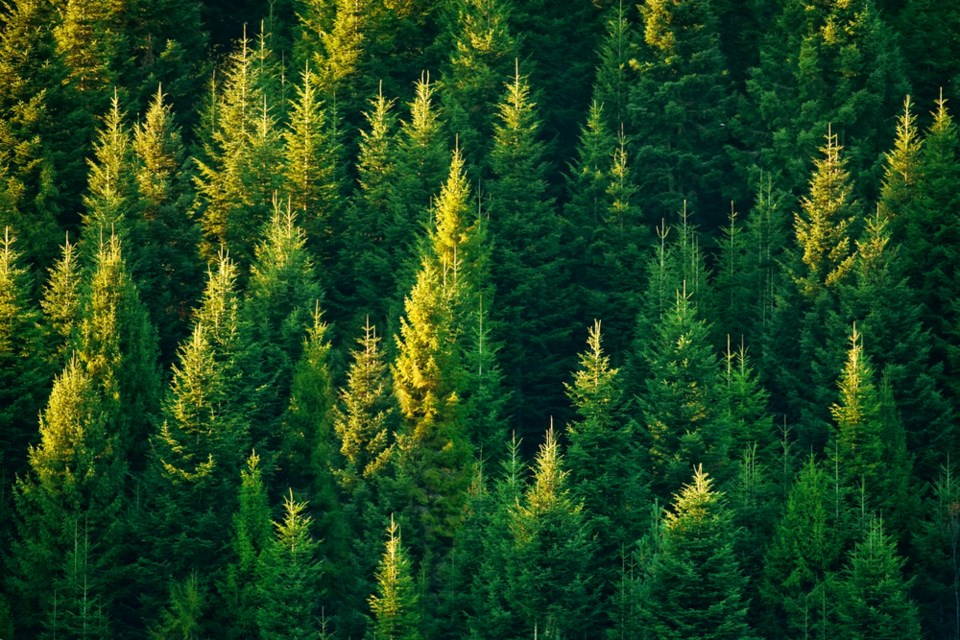B.C.'s forest practices watchdog is calling for a revamp of the way old growth forest is treated in the Prince George Timber Supply Area, saying the biodiversity of the stands may be at risk.
In a statement issued Thursday, Forest Practices Board chair Kevin Kriese said the legal order drafted to protect biodiversity was developed nearly 20 years ago and needs to be updated "to reflect the impacts of the mountain pine beetle, updated science or society's changing values."
Prince George is one of the few TSAs in B.C. where the amount of old forest legally required to be conserved is not specifically identified on maps, but is measured as a percentage of the overall forest inventory.
"This creates risks to other forest values," he said.
The FPB is recommending the remaining old growth forest be mapped and that the definition of old growth forest be changed to trees at least 250 years old from the current 140 years.
"The board is calling for the Province to update its objectives for old forest in the PG TSA," Kriese said. "Updates to the order and identifying important old forest should be undertaken in partnership with Indigenous peoples."
Michelle Connolly of Conservation North said said raising the limit at which a tree is considered old growth will prevent forest companies from retaining trees barely meet the criteria meet their old growth retention targets while still going after the older trees
"140 years is ‘old’ in a fire-maintained forest - like lodgepole pine forests - but not in a rainforest, like the Anzac or the Morkill," Connolly said.
She also welcomed the proposal to map the remaining old growth forest and draw lines around specific areas.
As it stands, Connolly said they "add up all the fragmented guts and feathers and count them as intact forest." "They take all the little pieces that they didn't want to log anyway - areas with poor quality trees, small trees, scraggly trees that wildlife might not use anyway - and then they add those together and that contributes to their target."
"As opposed to an area that's larger, that actually maintains the qualities that wildlife need. Any intact old growth forest has to be big enough for wildlife to use."
The findings come out an investigation of a complaint about the management of biodiversity in the Prince George TSA, which is the largest in the province at about eight million hectares. Connolly said she had filed a complaint with the FPB but hers was not the one that prompted the investigation.



